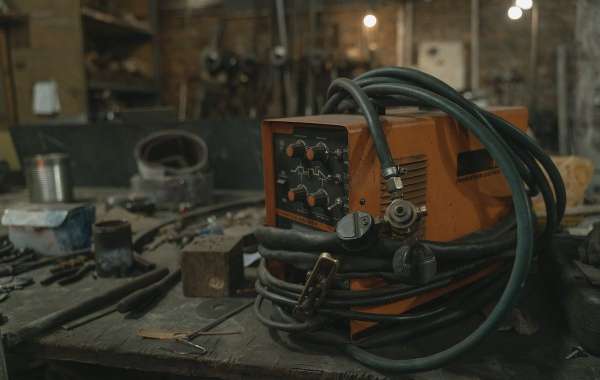In the realm of filmmaking, the choice of lenses plays a pivotal role in shaping the visual narrative. Whether capturing the grandeur of a cinematic masterpiece or documenting real-life events in a documentary, the selection of lenses profoundly influences the storytelling approach. In this article, we'll explore the key differences between cinematic lenses and documentary lenses, shedding light on how these optical tools contribute to the unique aesthetics of each genre.
Focal Length and Perspective:
One of the primary distinctions lies in the focal length and perspective of the lenses used. Cinematic lenses often employ a variety of focal lengths, including wide-angle and telephoto, to create dramatic visual effects. In contrast, documentary lenses typically lean towards a more natural and immersive perspective, often utilizing mid-range focal lengths to provide a realistic portrayal of events.
Depth of Field:
Cinematic lenses frequently utilize a shallow depth of field to draw attention to specific elements within the frame. This technique is commonly employed to isolate characters or objects, creating a visually striking composition. Documentary lenses, on the other hand, often opt for a deeper depth of field to ensure a more comprehensive view of the surroundings, capturing the authenticity of real-life scenes.
Aperture and Light Sensitivity:
Cinematic lenses may prioritize wider apertures to allow for low-light shooting and artistic control over depth of field. This enables filmmakers to craft visually stunning scenes with controlled bokeh and emphasis on specific elements. Documentary lenses, while still valuing versatility in low-light conditions, often prioritize smaller apertures to maintain sharp focus across a broader range of the frame.
Image Stabilization for Run-and-Gun Shooting:
Documentaries often involve dynamic and unpredictable situations, requiring filmmakers to be agile and adaptable. In response, documentary lenses may incorporate image stabilization technology to mitigate the effects of camera shake during handheld or run-and-gun shooting. Cinematic lenses may prioritize other features over image stabilization, as cinematic productions often have controlled environments and equipment.
Autofocus vs. Manual Focus:
The choice between autofocus and manual focus is a consideration that varies between cinematic and documentary lenses. While cinematic lenses may prioritize manual focus for precise control over the image, documentary lenses often feature advanced autofocus systems to swiftly and accurately capture spontaneous moments without the need for constant manual adjustments.
Aesthetic Rendering and Color Science:
Cinematic lenses may be designed to impart a specific aesthetic or color science, contributing to the visual identity of a film. The goal is often to create a distinct look that complements the storytelling. Documentary lenses, on the other hand, tend to prioritize color accuracy and natural rendering to faithfully capture real-world events without excessive stylization.
Conclusion:
In the fascinating world of filmmaking, the choice between cinematic and documentary lenses goes beyond technical specifications; it shapes the very essence of storytelling. While cinematic lenses focus on artistic expression and controlled aesthetics, documentary lenses prioritize authenticity and adaptability to capture the unpredictability of real life. Understanding the nuances between these lenses allows filmmakers to skillfully navigate the visual language of their chosen genre, ultimately bringing their stories to life with precision and impact.








